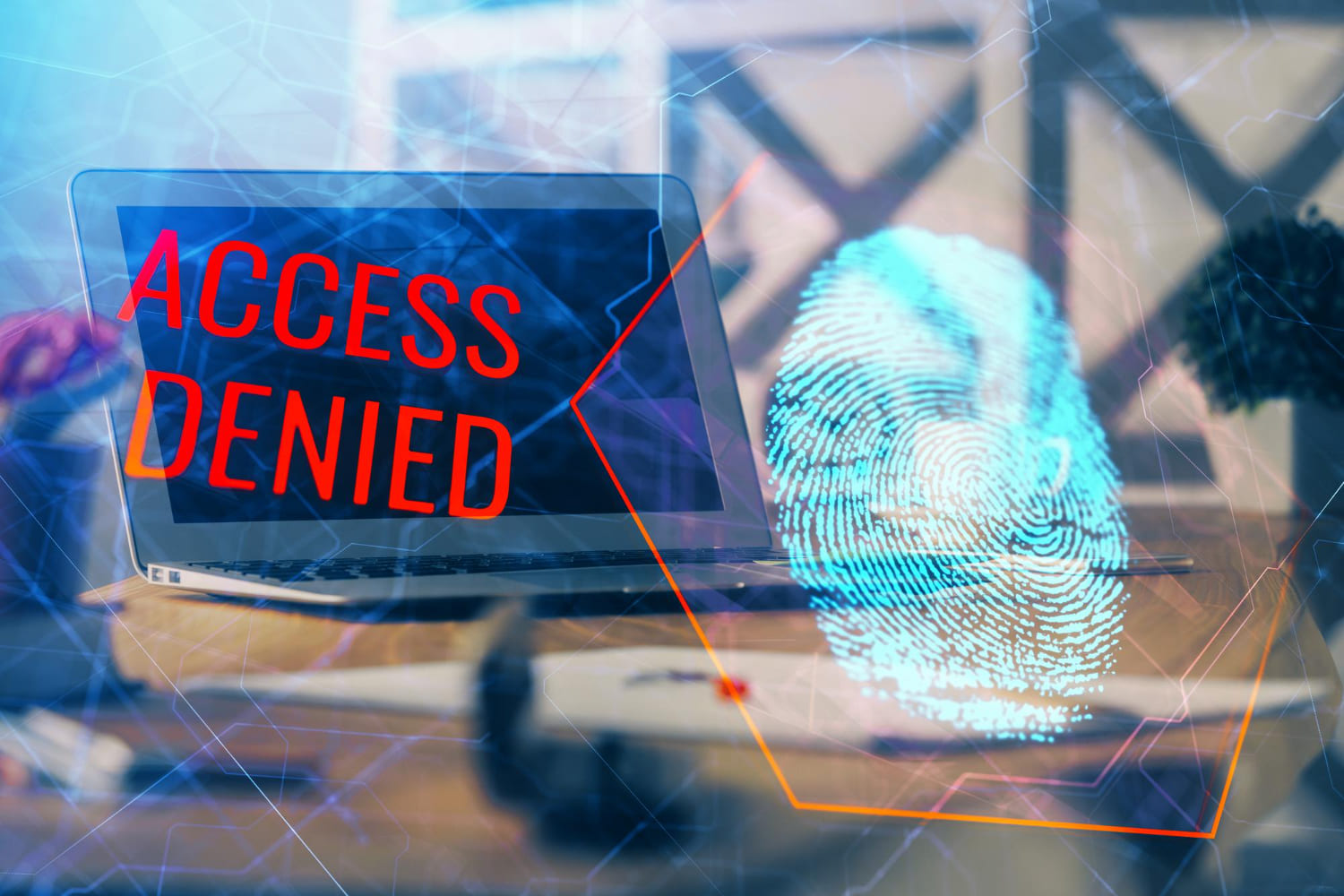In today’s interconnected world, cyber attacks have become increasingly sophisticated, posing significant threats to individuals, businesses, and governments alike. As technology evolves, so do the methods and techniques employed by cybercriminals, making it essential for cybersecurity professionals to stay ahead of the curve in defending against these threats. In this comprehensive analysis, we delve into the evolution of cyber attacks, exploring the latest trends, tactics, and technologies used by malicious actors, as well as strategies for effectively countering them.
- Rise of Advanced Persistent Threats (APTs): Advanced Persistent Threats (APTs) represent a significant challenge in the cybersecurity landscape. These stealthy and targeted attacks often leverage advanced techniques such as social engineering, zero-day exploits, and custom malware to infiltrate networks and exfiltrate sensitive information over extended periods. Understanding the tactics employed by APT groups is crucial for early detection and mitigation.
- Exploitation of Zero-Day Vulnerabilities: Zero-day vulnerabilities, which refer to security flaws that are unknown to the software vendor or have not yet been patched, are highly prized by cybercriminals. Exploiting these vulnerabilities allows attackers to bypass traditional security measures and gain unauthorized access to systems. To combat this threat, organizations must implement robust vulnerability management programs and promptly apply security patches to mitigate the risk of exploitation.
- Weaponization of Artificial Intelligence (AI): The integration of artificial intelligence (AI) into cyber attacks represents a paradigm shift in the threat landscape. Cybercriminals are increasingly leveraging AI-powered tools and techniques to automate tasks, evade detection, and launch more targeted and sophisticated attacks. Defenders must similarly harness the power of AI for threat detection, anomaly detection, and behavioral analysis to stay one step ahead of adversaries.
- Evolving Ransomware Tactics: Ransomware attacks continue to plague organizations worldwide, with cybercriminals constantly refining their tactics to maximize profits. Recent trends include the targeting of critical infrastructure, the use of double extortion tactics (threatening to leak stolen data), and the development of ransomware-as-a-service (RaaS) models, enabling even novice attackers to launch sophisticated campaigns. Organizations must adopt a multi-layered approach to ransomware defense, including regular data backups, endpoint protection, and user awareness training.
- IoT Exploitation and Botnet Attacks: The proliferation of Internet of Things (IoT) devices has expanded the attack surface for cybercriminals, who exploit insecure IoT devices to build massive botnets for launching distributed denial-of-service (DDoS) attacks and other malicious activities. Securing IoT devices requires a combination of network segmentation, strong authentication mechanisms, and timely security updates to mitigate the risk of compromise.
- Supply Chain Attacks: Supply chain attacks have emerged as a potent threat vector, allowing attackers to compromise trusted software vendors or suppliers to infiltrate target organizations. Notable examples include the SolarWinds and Kaseya incidents, where attackers exploited trusted software updates to distribute malware to thousands of organizations. Mitigating supply chain risks necessitates enhanced supply chain visibility, rigorous vendor risk management, and the implementation of security controls throughout the software development lifecycle.
- The Human Element: Social Engineering and Insider Threats: Despite advancements in technology, humans remain the weakest link in the cybersecurity chain. Social engineering tactics, such as phishing emails and pretexting, continue to be highly effective in tricking unsuspecting users into divulging sensitive information or executing malicious actions. Additionally, insider threats pose a significant risk, as malicious insiders or negligent employees can inadvertently or intentionally compromise security. Addressing the human element requires a combination of security awareness training, user education, and robust access controls.
In conclusion, the landscape of cyber threats is constantly evolving, driven by technological advancements and the ever-changing tactics of cybercriminals. Effectively combating these threats requires a proactive and multi-faceted approach, encompassing advanced threat detection technologies, robust security protocols, continuous monitoring, and comprehensive incident response plans. By staying informed about the latest trends and adopting a holistic cybersecurity strategy, organizations can enhance their resilience against cyber attacks and safeguard their digital assets.



